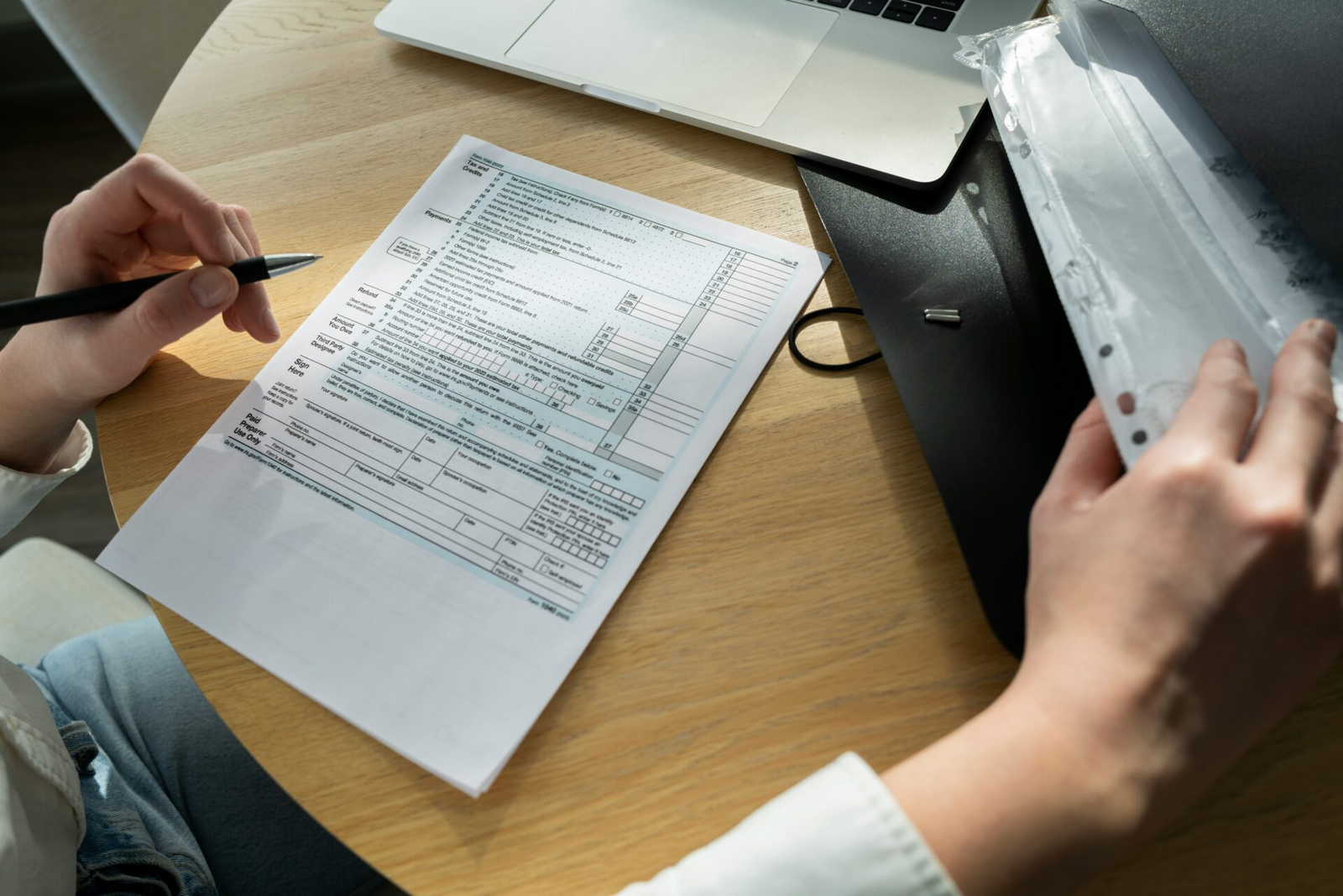If you’re continually involved in a business, are freelancing, or have a side gig—basically any activity to make a profit—you need to fill out a Form 1040 Schedule C to report your earnings and losses.
What is IRS Form 1040 Schedule C?
A Schedule C (Form 1040) is a document used to record the profit or loss from any business you ran as a sole proprietor. This covers any activity that the sole reason for engaging in was profit or income. A Schedule C informs the IRS how much you made in profits or losses, in the previous year. With this document, the IRS calculates your taxable profits, and taxes or refunds owed.
How to fill it out
When filling a Schedule C, you may need the following;
- Receipts of expenses made in your business
- Your business income statement and balance sheet for the tax year
- Your mileage and other vehicle records, if applicable
- Your inventory records, if applicable
The top part of Schedule C is divided into lettered boxes that require your basic information; your name, Social Security Number (SSN), employer ID, business name (if you have a separate business name), and business address.
In Box A, enter a one-line description of your business. In Box B, include the corresponding business code for your type of business as instructed by the Internal Revenue Service (IRS).
Enter your SSN in the required box, even if you use an Employer Identification Number (EIN) for your business. Enter your EIN in Box D.
In Box F, indicate your accounting method.
In Box H, you are expected to indicate if you just started your business. Check the box if it is your first year in business.
In Box I, you are to indicate if you hired any worker for your business and paid them $600 or more. If you did, you have to pick ‘yes’ in Box J and fill a 1099.
Part I—Income
This is the part of your Schedule C where you report details of your income. It is a little less simple than the previous section which held just your personal information. Some lines in this section are self-explanatory. Be careful so you don’t make mistakes when filling any of these sections.
Line 1
Fill in your total gross income, not including your sales tax. Do not deduct your tax returns or refunds.
This part of Schedule C is for Statutory employees—that is, independent contractors who are treated as employees, and who have their taxes withheld by their employers. If you are both a sole proprietor and a statutory employee, fill two Schedule Cs, one for each role.
Profit made from a 1099-NEC should be recorded in Line 1. If your employer sent you a Form 1099-NEC, it shows that you are not considered an employee for tax purposes.
Line 2
Here, record the total amount of money you received as refunds in the tax year.
Line 4
This is where you report the cost of goods sold in your business during the tax year. However, hold on, on filming this line until you’ve completed Line 42, then come back and fill this. If you didn’t sell any goods, fill in 0.
Line 6
Record any other income or money earned outside of your business profits—such as bank interests or fuel tax credits.
Part II—Expenses
This section reports every expense made in the course of running your business in the last year—commissions, fees, mortgage, wages, utilities, legal services, insurance, car expenses, travel expenses, deductible meals, maintenance, rent, office expenses, and so on. Also record your total expenses, tentative profit or loss, expenses for business use at your home, and your net profit or loss. Most lines in this section are self-explanatory.
Part III—Cost of goods sold
Here, you calculate your cost of goods (or services) sold. Record your inventory at the beginning and end of the year, the cost of materials or supplies purchased during the year, and the cost of labor, not including money paid to yourself.
Part IV—Information on your vehicle
Fill this section only if you are claiming car expenses on line 9 in Part II on the form, and are not required to file Form 4562. This section includes details of when you placed your vehicle for business purposes and the number of miles you drove during the tax year. Note that you may need to provide evidence to support any claims in this section.
Part V—Other Expenses
This section is provided for other business expenses that didn’t fit into the categories in Part II.
For more information on IRS requirements for any lines or sections of this form, read the IRS instructions for Form 1040 Schedule C.

